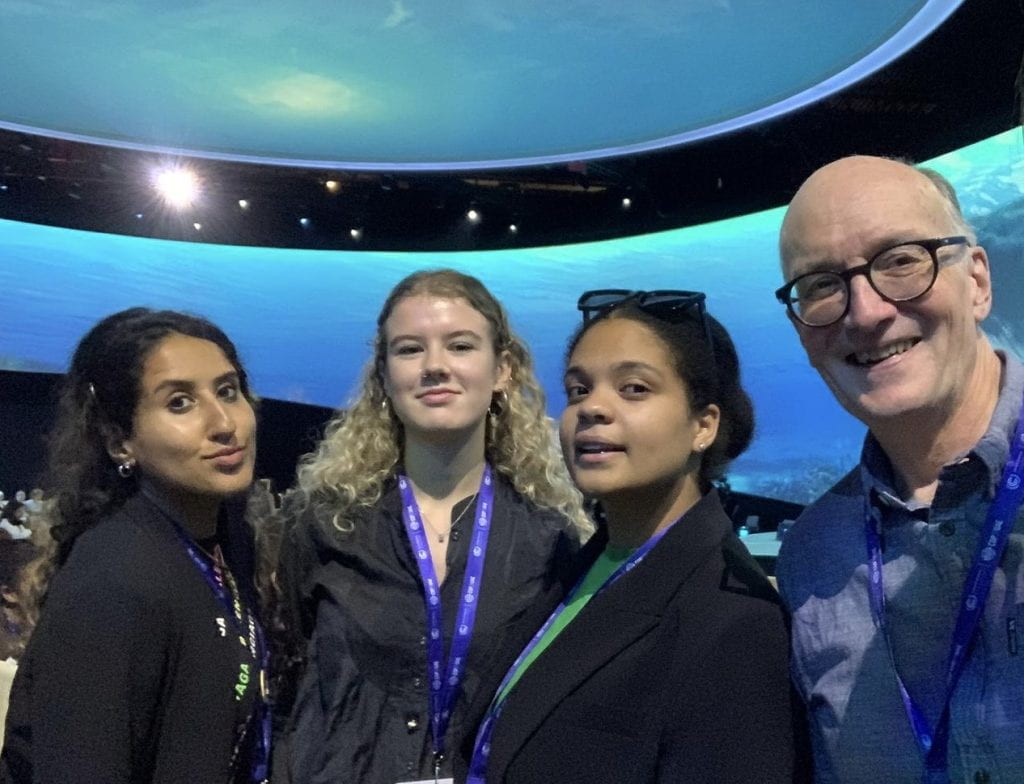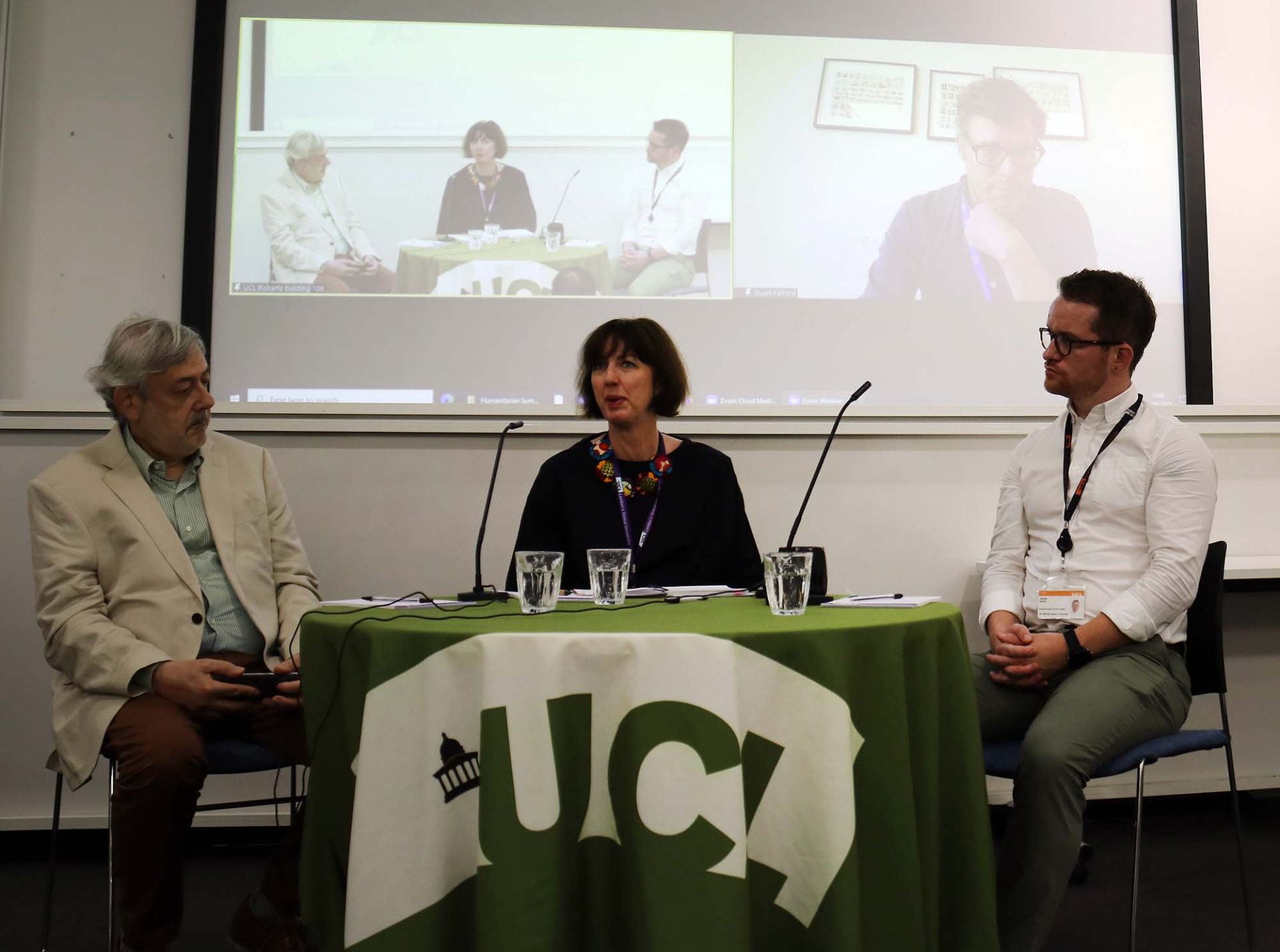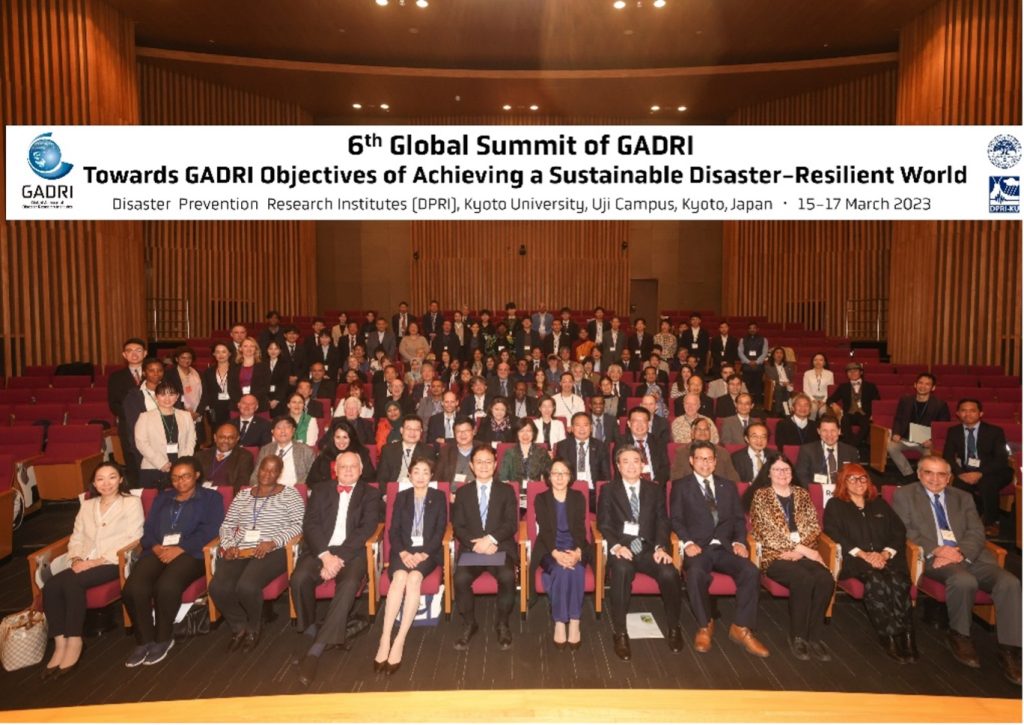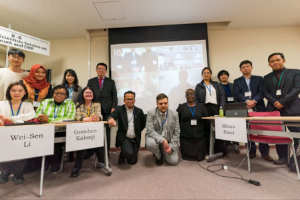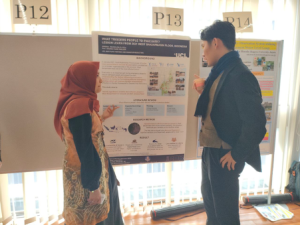Disaster risk reduction must include people with disabilities
By Abigail Ewan, on 11 December 2023
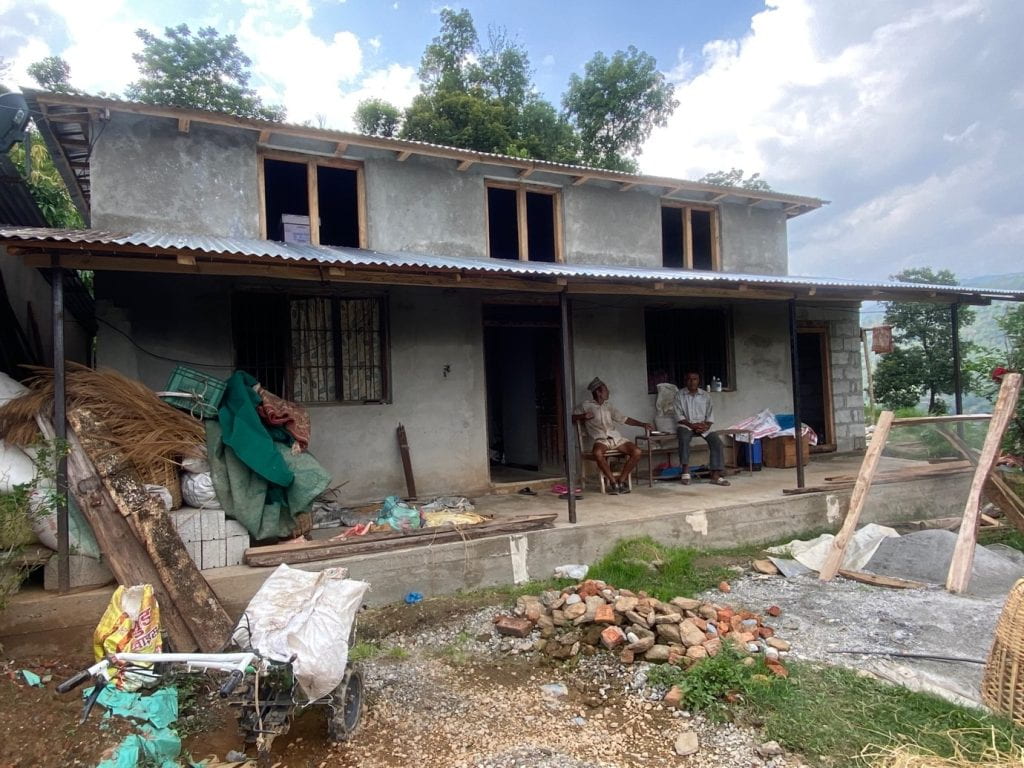
The 3rd of December 2023 was the International Day of Persons with Disabilities and this year the theme was to “Unite in action to rescue and achieve the Sustainable Development Goals (SDGs) for, with and by persons with disabilities”. Twenty- five of these targets relate to disaster risk reduction and people with disabilities are estimated to make up 16% of the global population with 80% of these people living in low- and middle-income countries. This places the inclusion and reduction of risk for people with disabilities as a critically important component to achieving the SDGs. People with disabilities are amongst the most at risk from the impacts of extreme events, including those associated with climate change and may face additional challenges in being recognised and included in community responses, by emergency organisations and gaining access to available aid. Extreme events can also increase and exacerbate existing disabilities which can result from physical impairment, the psychological impacts of disaster exposure and the inability to access services. Responses that fail to consider and include people with disabilities therefore fail to meet the global mandates to ‘leave no one behind’.
Extreme events can expose the pre-existing inequalities, disagreements and tensions in the way societies, communities, and individuals manage their lives, cope with and respond to adversity. This reveals the coping strategies and behaviours of vulnerable groups, such as people with disabilities. This can reveal the gaps in policy and response and highlight the dominance of certain knowledge regimes that shape responses and promote either inclusion or exclusion. The responses for people with disabilities during the context of crisis tend to be fragmented and largely approached by specialised disability organisations. The reality is most disaster practitioners are unlikely to have engaged with disability while specialists in disability are unlikely to have engaged with response and recovery. This can leave social biases and false assumptions of disability unchallenged and in some cases reproduced through intervention which can result in unintentional exclusion or marginalisation, while the voices and knowledge of people with disabilities remains largely in the shadows.
The vulnerabilities and challenges of people with disabilities in the context of extreme events have been discussed for the preceding two decades but a more recent shift in thinking advocates for the role that people with disabilities can play as active contributors and leaders in risk and resilience work. Despite this, people with disabilities are still highly underrepresented and are little engaged in the planning and design of resilience and policy work. The 2023 UNDRR report on disability inclusion in disasters found that there has been limited progress in disability inclusion in the last ten years, with no significant differences across all the 132 countries included in the report. It is not uncommon to hear anecdotal observations and statements such as ‘this population doesn’t know what it needs’ or ‘it costs too much to include them’. This has left both research and initiatives for people with disabilities tending to be approached as a specialised field, with disability organisations often left filling in the gaps in support left by mainstream disaster organisations and response. The consideration and engagement of people with disabilities and their local advocacy organisations in preparedness activities remains even more limited.
Though generally considered as separate specialist fields the historical roots and objectives of ‘disaster studies’ and ‘disability studies’ are perhaps more cohesive than one might initially imagine. Disaster risk reduction lenses explicitly identify social understandings, behaviours, constraining social conditions and capacities as determinants of exposure, risk and loss. This is comparable to that of critical disability studies which aims to improve the theory and actualisation of inclusion and equality for people with disabilities. These approaches seek to recognise inequality, constraining social conditions and capacities and they both reflect a wider political turn in exposing oppression and discrimination. Fundamentally, they are sociological problems which can be understood by their socially produced nature and require interdisciplinary solutions. There is a pressing need for new methods and approaches that provide locally led solutions as increasing the policy provisions and guidelines that advocate for inclusion seem to have done little to swing the status quo. As Priestly and Hemmingway professed almost two decades ago ‘Just as disability is not the inevitable consequence of physical or cognitive impairment, disaster is not the inevitable consequence of natural hazard’.
Abigail Ewen is a PhD Candidate from the Institute of Risk and Disaster Reduction exploring identity and disability in times of crisis in Nepal.
Read about UK Disability History Month
Read more IRDR Blogs
Follow IRDR on Twitter @UCLIRDR
 Close
Close



